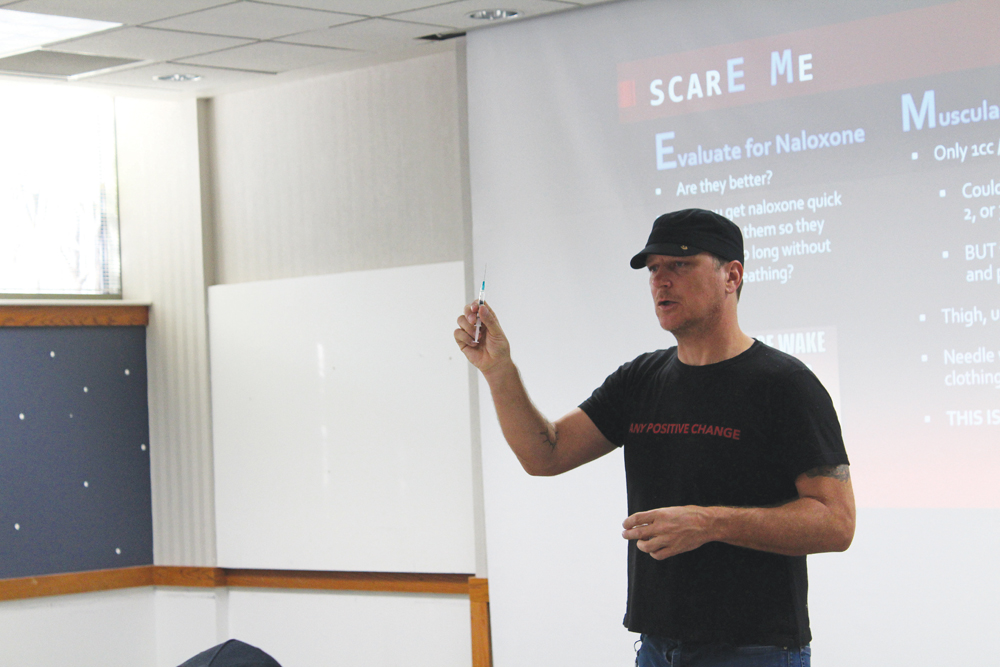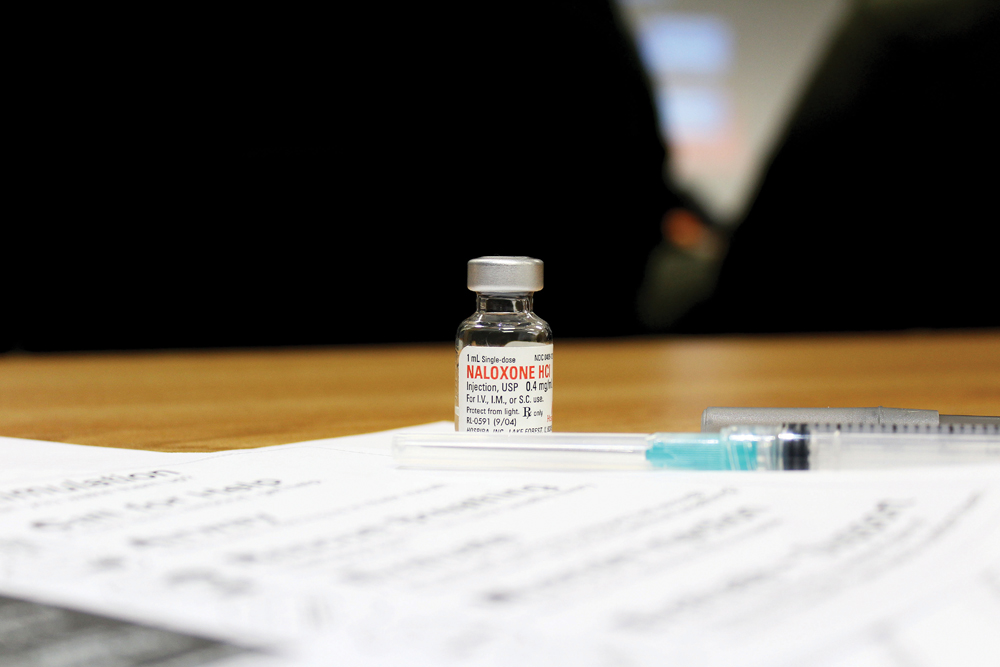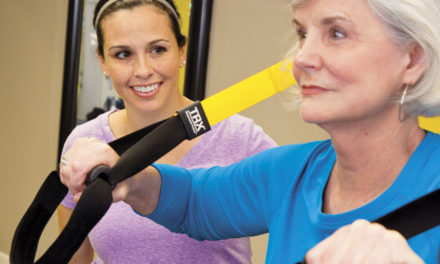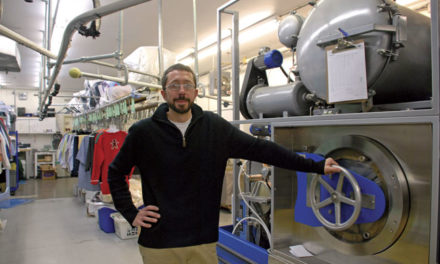
BY CRAIG COLEY
As the country struggles to address the opioid epidemic, the Indiana Recovery Alliance (IRA) offers local communities tools to directly address two of the most pressing issues—the administration of the overdose-reversing drug naloxone and the disposal of used syringes.
“The key to everything we do is empowering people,” says IRA Director Chris Abert. Since 2014, the IRA has distributed more than 30,000 doses of naloxone and trained thousands of people to administer it. The IRA holds training sessions about every other month at the Monroe County Public Library.
The local effort is saving lives. While overdose deaths have been rising across the state—by more than 500 percent in some counties last year—they fell 10 percent in Monroe County in 2017. This year, the IU Health Bloomington Hospital emergency department has seen a decrease in overdoses of between 40 and 50 percent. The department’s medical director, Dr. Robert Adams, says this is due to naloxone use in the field.
Time is critical. When someone overdoses on an opioid, they stop breathing. Brain damage without oxygen is likely after about three minutes. Alicia Suarez, a medical sociologist and IRA board president, carries naloxone even though she isn’t around people who use opioids. “Because what if I found someone in the library who hadn’t been breathing, and even if we called 911, what if they can’t get there for five minutes?” Suarez asks.
The IRA also operates Monroe County’s syringe-exchange program, which provides participants with new syringes, accepts used ones, and trains participants in safe syringe disposal. But syringe possession remains a crime, and Abert says fear of arrest could explain why a person would toss a syringe under a bush. That’s why, once a week, Abert and IRA volunteers walk the community looking for syringes.
Abert says it is important to maintain perspective: There have been no reported cases of HIV being transmitted from an accidental stick by a found syringe, and the chance of one transmitting hepatitis B is “practically negligible,” according to an article in The BMJ, formerly the British Journal of Medicine.
For upcoming events, visit Indiana Recovery Alliance on Facebook. For more information, visit indianarecoveryalliance.org.












